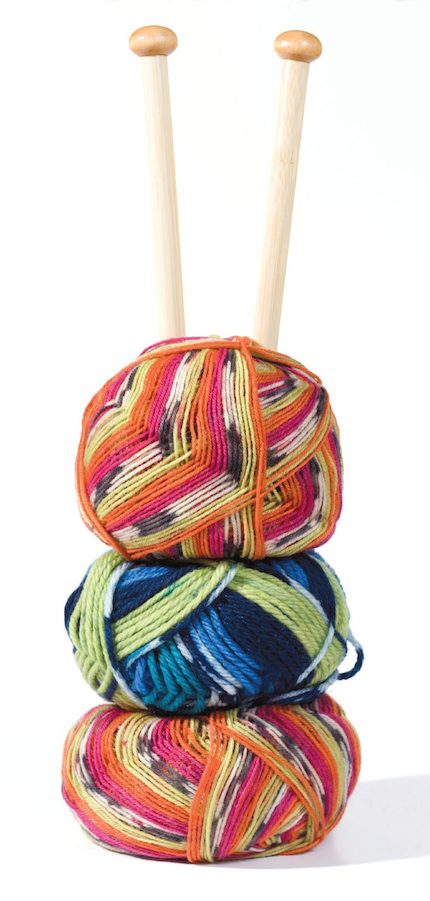
15 Dec 2013 Touchable faith: Book explores theology of shawl ministries
by Renee Hunter
As associate dean of the University of Central Arkansas Honors College, Dr. Donna Bowman’s mindset leads her to seek links between diverse subjects.
“As an interdisciplinary teacher, you’re always trying to create projects for yourself that bring different things together,” she explained.
That mindset, plus a relatively new passion, have led her to write a book.
In the mid-2000s, her interest was piqued by the number of her students who knitted. Fascinated, she taught herself to knit and has pursued the craft ever sense.
“I’m a knitter, and I’m kind of obsessed,” she said.
A trained theologian, Bowman eventually asked herself, “How can I bring together my interest in knitting and my interest in religion?” The answer was a decision in 2010 to research the growing phenomenon known as “prayer shawl ministry.”
She began by reading books about this particularly feminine ministry.
At that point, “I really didn’t know if there would be anything there,” she said.
She applied for and received a grant from Louisville Institute, an endowed program at Louisville (Ky.) Seminary for the study of American religion, and she obtained research approval from the UCA Institutional Review Board.
Turning to the Internet, Bowman discovered shawlministry.com, where she learned about two “liberal, feminist” Connecticut women who began the movement in 1998. The founders “wanted to celebrate the divine feminism,” she said.
Begun by liberals, shawl ministry has since been embraced by women in congregations from very conservative to very liberal.
Bowman said one aim of her research was “to find out if the founders’ ideas made a difference to the women doing the ministry.” Another aim was to discover “what’s happening in the minds of lay people when they do ministries, and how that’s transformed when they get together in groups to do ministries.”
“Handmade Religion: Prayer Shawl Ministries and Women’s Theological Imagination” talks about the founders’ hopes for and beliefs about prayer shawl ministry, as well as the hopes and beliefs of the women who are doing the ministry across the United States.
Bowman’s Internet searches have led her to church websites, meeting notices in community calendars and the occasional magazine or newspaper article. She has done telephone interviews and has taken a trip to Connecticut to meet the ministry’s founders and to interview two shawl-ministry groups, and a trip to Seattle to interview another knitting group.
“My aim is to talk to people from a wide variety of denominations,” she said. “The great blessing of this research is that I’ve met so many amazing women of all different stripes; they’ve led such interesting lives.” She is grateful to them for talking to her, but, amazingly, they have often expressed gratitude to her for asking the questions that allow them to express why they are doing what they do.
“It’s a chance for them to celebrate and clarify,” she said.
When she began the project, Bowman envisioned a chapter on each denomination represented. But after several interviews, she scrapped that notion as not workable when she discovered more similarities than differences among the various denominational shawl ministries. The book now has an introduction and 10 chapters and is organized around nine themes Bowman found in shawl ministry. For example, one chapter talks about how the women feel about how their work will be carried on when they can no longer do it, and another talks about types of shawl recipients — the ill, the bereaved, the celebrating — as seen from the knitters’ viewpoints.
Bowman’s book, published by Lexington Books, is scheduled for release in 2014 in time for a religious conference held each November.
Anyone wishing to offer information to Bowman on this subject may contact her at [email protected].








